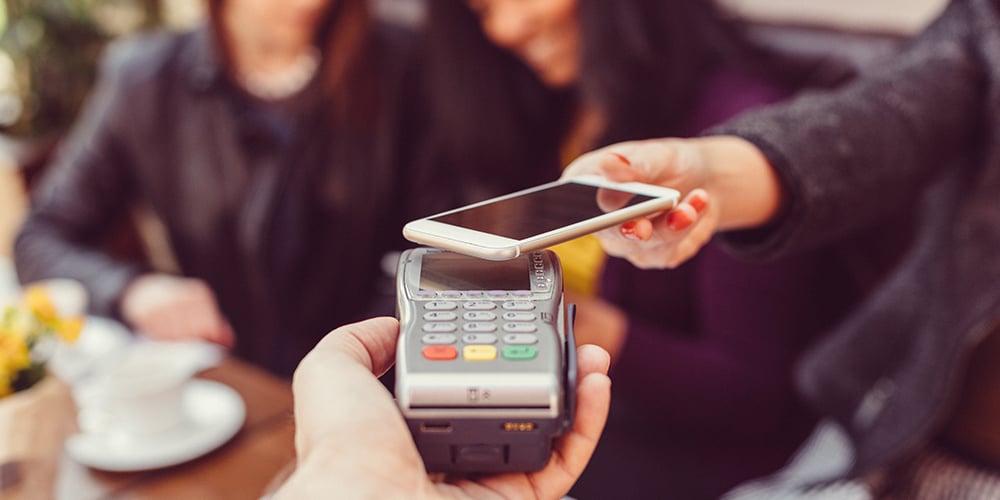5 reasons the faster payments conversation is about more than speed

Everyone’s talking about faster payments. Much of that dialogue has to do with what “faster payments” really means.
As with many things in the rapidly evolving world of payments, there is no such thing as a simple definition. That’s because of the incredible number of players – from task forces to private enterprises – putting forth different solutions to satisfy multiple use cases for the payment innovation.
The other complexity that comes into play when we’re attempting to define faster payments is that speed is not always the core value proposition of the different solutions being offered up. This was a big part of the discussion covered in the recent “Real Time Payments – What You Need to Know” session of the online CUNA Mutual Discovery Conference.
Often, faster or real-time payments solutions promise to improve the overall experience for the end-user – whether it’s a consumer moving money from point A to point B or a business moving money across borders.
Given this focus on experience over speed, one definition we might consider is this:
Faster payments is a digital solution to sending money quickly, safely and in a way that personalizes or heightens the user experience in some way beyond speed.
As the industry collaborates to bring faster payments from theory to reality, key players will be working to address quite a few unanswered questions. Let’s look at a few of them.
1. Can we pay anyone regardless of where they bank or which apps they’ve downloaded?
We have many ways to move money today. Each has its pros and cons. Some have visions of ubiquity; others are built to serve a niche segment.
The ubiquity question is one “the Pays” (Apple Pay, Android Pay, Chase Pay, Samsung Pay) have struggled with since inception.
Consumers can love the idea of paying from their smart devices, be they phones or watches. Whether they can consistently depend on being able to do so relies heavily on the merchants, financial institutions and people to whom they want to send money.
2. Can U.S. systems integrate with others around the globe to facilitate faster international payments?
Many of the payment system struggles in the U.S. market are based on the country’s highly complex payments infrastructure. Plugging into that infrastructure has always been a challenge for international parties; now we’re adding to that challenge by trying to speed up settlement times.
Interestingly, many countries that have recently built or are in the early stages of building faster payments systems are designing them to be flexible. This allows providers to create value-added services on top of the core platform, and importantly, to realize new revenue streams.
3. Can we have faster payments without also having faster fraud?
With less time to evaluate risk and authenticate users, many wonder if faster payments will lead to faster fraud.
On the flipside, others believe faster payments may actually help reduce risk by decreasing the amount of time money is in play. By shortening the delay between initiation, clearing and settlement, we may actually see fraud attempts lessen.
Of course, if there’s one thing we know about fraudsters, it’s that they are just as innovative as the good guys. Keeping ahead of them will require ingenuity. In fact, the industry may need to completely reimage payments verification and deploy technologies like biometrics, artificial intelligence and machine learning to help us spot trends and predict problems before they occur.
4. Do we want to mix social media with finances?
Some faster payments solutions in the P2P space integrate with social media. There is a call for that level of connection among some consumer segments, but for how much longer?
Cybercriminals and other social engineers are getting really good at following digital breadcrumbs. As more consumers become aware of the consequences of “financial TMI,” they will be paying closer attention to the security controls built into the payment tools they use.
5. Who will pay for what and how much will they be willing to pay?
This is a big one. Even though faster payments has the potential to bring benefits to everyone on the value chain, that doesn’t necessarily mean they are willing to pay for it.
There’s a lot of experimentation happening across the digital payments ecosystem as it relates to fees. Charging for things like remote deposit capture and same-day ACH are tactics being deployed by quite a few financial institutions. It will be interesting to see how those experiments play out.
Keeping a close eye on payments is a must for growth-minded credit unions, as this particular product set accounts for an increasing share of revenue. Non-interest income has grown by more than 600 percent since 1995, more than triple the growth of net interest income. CO-OP will continue to offer the payments tools, data, strategy and insights to keep credit unions on pace for exceptional delivery of faster and real-time payments.





